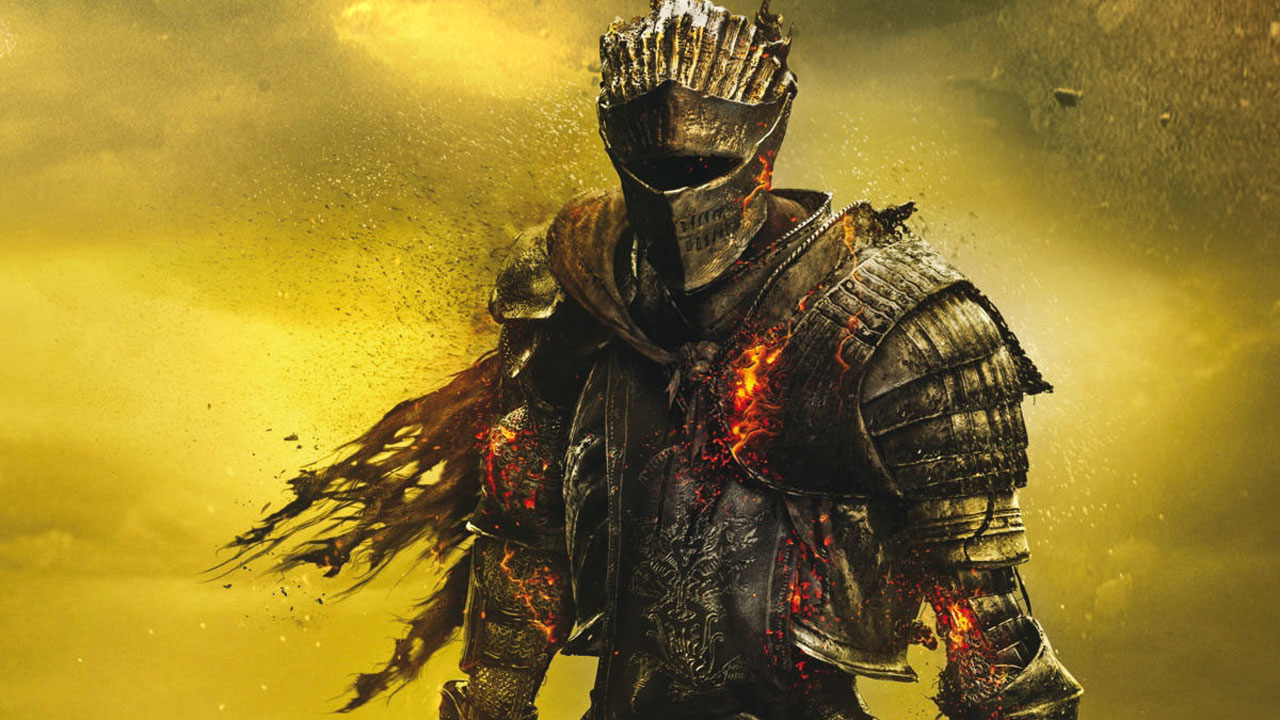

Difficulty will continue to slowly grow with each game cycle, until it plateaus at NG++++++ (NG7/NG+6) and beyond. NG+ is a significant jump in difficulty from NG, but from NG+ to NG++ the difficulty will only increase slightly. If the player continues to play through and beat the game with that same character, the cycle continues, with the third cycle referred to as 'New Game++', or NG++, and so on. Upon killing the final boss, and choosing either ending, the player's character will be thrown into the next game-cycle, known as "New Game+", or "NG+".


For example, the first castle area will feel reminiscent of a similar one from Demon’s Souls, whereas the swamp levels may feel like a third or fourth return to the same poisonous locations.The initial or game cycle, created upon starting a new character, is called "New Game" or "NG". While the game maintains the series’ famed interconnected world and monumental set pieces, the environments might feel to some a bit reused after three games of a similar fantasy aesthetic. This is all made more satisfying with crisp sound design, and seamless reactions from enemy NPCs when they take a hit. The game also borrows the larger enemy density of Bloodborne, featuring open areas that will have the player taking on hordes of medium-sized aggressors. While Dark Souls III still maintains its more defensive posturing in combat, the game is noticeably faster as a result.Īdditionally, enemies are beautifully animated and feel great to fight, with faster move-sets and fluid animations requiring fast reflexes to telegraph attacks. Post-Bloodborne Worldĭark Souls III has big shoes to fill as From Software’s previous title, Bloodborne, took the reactive combat of previous games and cranked the speed way up-putting all players (even ‘poise’ champions) on the offensive. A player also has the option of ranged weapons, such as swords and bows, and magical spell-attacks-but the game tends to feel most at home in melee-combat, where the player is forced to manage a stamina pool that each action draws from.

To keep things interesting, these actions are each given some variety: with weapons having light and heavy attacks, shields offering a parry function, and the roll button also offering a quick backstep when no directional input is given. In Dark Souls III, that sequence can be done by attacking with a wide variety of medieval weapons, blocking with a shield, and finally evading with a quick-roll maneuver. The combat, though newly famous, is heavily inspired by 3D iterations of Zelda-which forces the player to transition tactically between offensive, defensive, and evasive actions. Despite the growing popularity of the term souls-borne as a video game genre, Dark Souls III is at its heart an action-RPG.


 0 kommentar(er)
0 kommentar(er)
